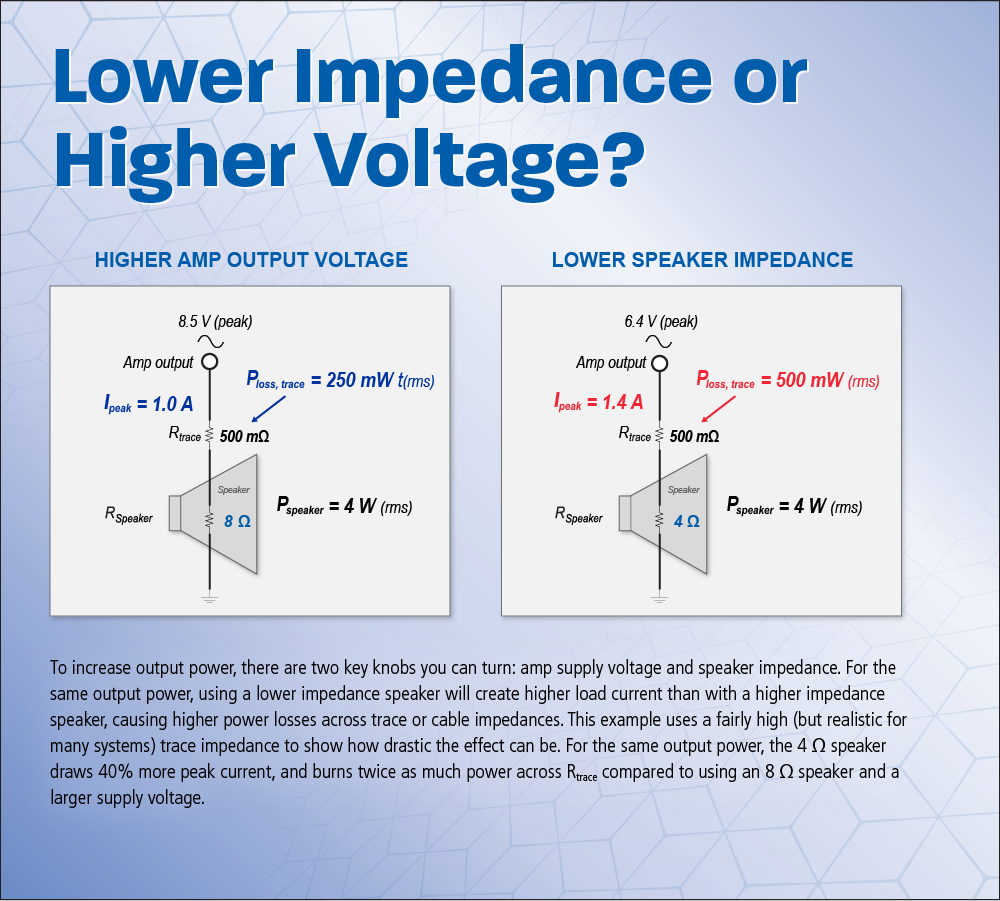
Cirrus Logic: Boost Amplifier Makes Devices Small and Loud
Music and entertainment are everywhere in our lives. Traditional outboard audio equipment has provided consumers with great experiences for over 100 years, from early movie entertainment to open-air rock concerts to home theaters, all of which consumers get from larger entertainment equipment Excellent experience.
But for today’s mobile consumers, they need loud audio in a small device. Playing video games on virtual reality headsets is now commonplace, and consumers listen to music with augmented reality sunglasses, wearable neckbands or Bluetooth speakers, devices that are small enough to fit in their pockets. Devices that used to be “silent” or that provided mediocre audio at best are now being reimagined for integration into the smart home. Simple devices such as thermostats, home security cameras and TV remotes are now equipped with microphones and speakers to listen to voice instructions and respond to users. By integrating a speaker and microphone, even the smallest connected device like a smartwatch can provide differentiation, allowing users to make voice calls without a smartphone.
As devices get smaller in size, so do power supplies. Lithium batteries are popular for their long lifespan and short charging time. A 5-volt power supply such as via USB is also a popular standard. But do these power supplies deliver loud audio efficiency? In most cases, the answer is no. For example, using a standard 3.7 V Li-Ion power supply, a high-efficiency amplifier driving a typical 8Ω speaker provides less than 1 watt of power. When the battery is low or the battery is aging, the battery voltage will decrease, and the battery impedance will increase by 2-3 times. As shown in Figure 1, this will result in less output power being delivered to the speaker. Why not just use low impedance speakers? Because this will not only increase the output power, but also cause higher load currents and more power losses in the traces or cables between the amplifier and the speakers. (See Figure 2).

figure 1

figure 2
The growing importance of boost audio amplifiers
Users want loud music, but also want long battery life and a small device that can be carried around. How can designers integrate premium audio performance into their systems without wasting power or space, and without wasting money? There’s actually a simple answer, and that’s a boost amplifier. These tiny devices combine a DC-DC boost regulator and a high-efficiency Class-D audio amplifier in a small package and offer four key benefits:
Louder volume – A boosted amplifier system can provide higher output levels than a non-boosted system.
Efficiency – By tightly coupling the boost and output stages in an integrated control loop, the boost amplifier has higher efficiency than a two-chip solution with separate DC-DC boost and amplifier (η = ηboost*ηamplifier ).
Size and Cost – Compared to two-chip systems with separate amplifiers and boost converters, this solution is smaller and generally less expensive. A typical smartwatch PCB might be about 3 in2 in size, with most of it occupied by critical components like processors and wireless communication modules. In such applications, maximizing loudness cannot come at the expense of size, but requires a highly integrated solution.
Simplicity – Integrating two functional blocks simplifies system integration, including reduced pin count, less PCB traces, and fewer components.
Not all boost amps are created equal. Architectures have evolved to increase voltage, output power and efficiency. Class G configurations provide two or three different boost output voltage levels. The boost converter automatically selects the required minimum output voltage level based on the audio content to minimize conversion losses. Class H amplifiers have more stages of boost levels, which can follow the envelope of the input audio signal in detail, enabling higher efficiency (see Figure 3 for a comparison of Class G and Class H boost amplifiers). Even in class H, not all boost designs are created equal. It’s important to consider how fast and how closely the boost voltage tracks the audio envelope. For example, Cirrus Logic’s CS35L41 audio amplifier has a very fast tracking 11V Class H boost converter. It is also one of the first boost amplifiers to use a 55nm process, which enables tighter, faster boosts by packing many processes into a smaller area than larger analog amplifier processes such as 130nm or 180nm. voltage converter control loop.
image 3
All in all, a boost amplifier can provide the largest loudness “boost” for audio in low-voltage power devices, with longer battery life, smaller size, and lower cost than a two-chip solution. With today’s boost amplifiers, manufacturers can provide consumers with great audio in a small space while maximizing battery life.
The Links: SKIIP37AC12T4V1 CM200DY-12NFH



